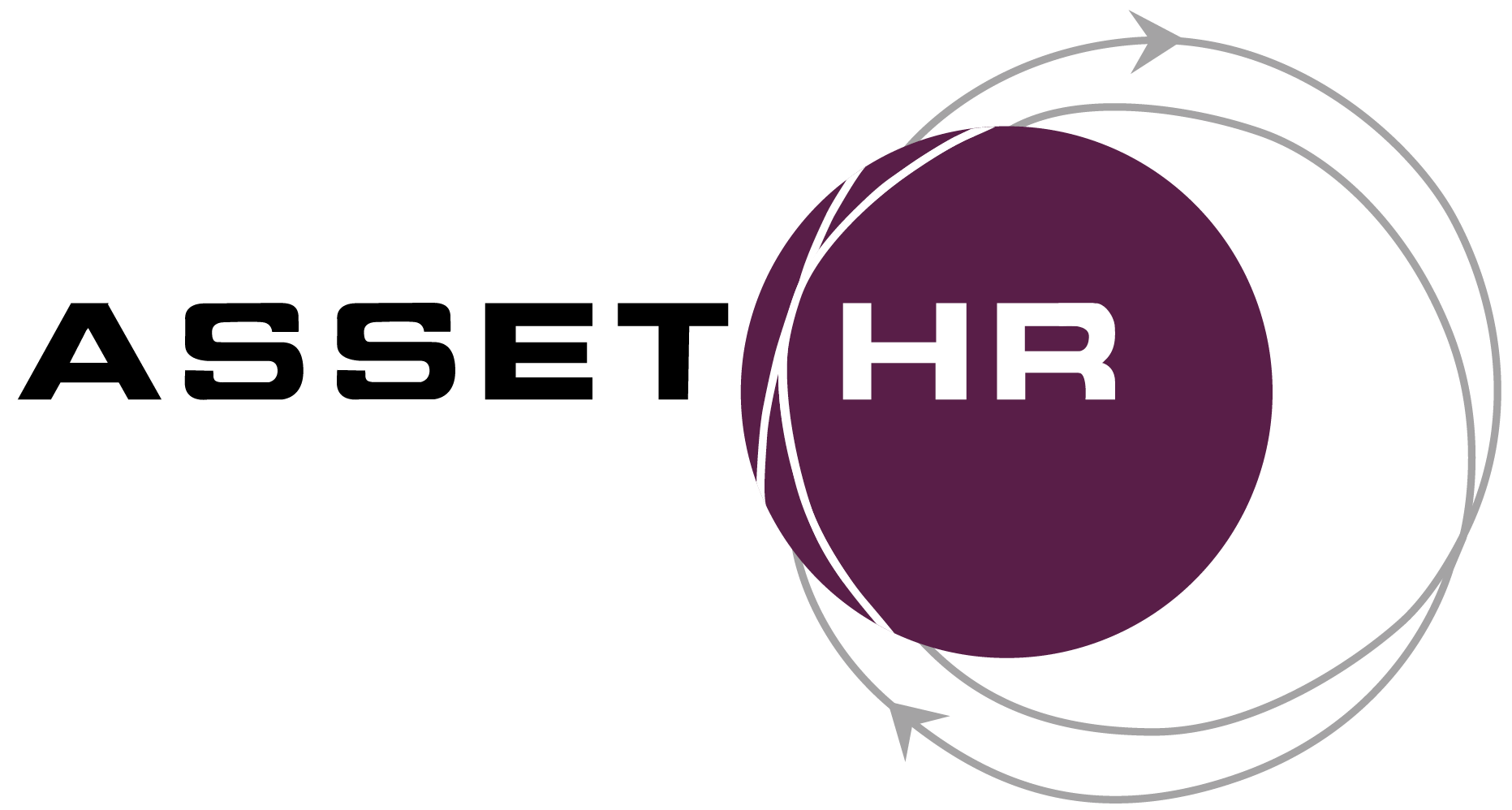How Professional Development Fits into Your Retention Strategies

For many companies, it’s easy to lose sight of professional development as part of your HR process. Most departments emphasize finding and hiring the right candidate for the job, and employee retention plans can get lost in the shuffle.
Unfortunately, this is a recipe for employee disengagement and high turnover. Disinterested employees are usually far less productive than their more engaged counterparts, and they tend to leave their jobs more frequently. That can end up costing your business in several ways, including more expensive hiring searches, lower production levels, and a negative reputation among potential new hires.
Companies that pay more attention to their retention strategies are much more likely to avoid many of these pitfalls. In other words, hiring is just the starting point of the relationship between the company and the employee, and for that relationship to flourish, both parties need to contribute to the greater good.
Professional Development and Retention Strategies
For many companies, there are many challenges to retaining employees. For instance, employees who are a poor match for a position are unlikely to remain for long. And companies with poor onboarding processes start on the wrong foot, leaving the employee unsure of their role or the company culture and making them more likely to seek security elsewhere.
Often, workers start to feel they have no room for advancement within a company. They may believe their only chance for promotion is to leave their position, either for another company or to pursue further education.
That’s why one of the most effective retention strategies is investing in your company’s employee development and ongoing learning programs. These programs can provide a significant boost to your company’s overall retention rate, providing a substantial return on your training investment.
How to Integrate Professional Development into Your Retention Strategies
While ongoing learning is a valuable retention tool, it’s essential to ensure your programs will provide the most benefit for both you and your employees. That means several things, including the following:
● Your program needs to be well-targeted
● Development should be as personalized as possible
● Programs must be convenient for employees
● You should have an evaluation component to ensure outcomes
● Balance cost of the program versus returns
There are several options for adding professional development and ongoing learning programs to your retention strategies. Some companies may choose to build their own training programs, while others may incorporate external courses from local colleges and universities to supplement their internal programs.
When you train your employees properly, you enjoy many advantages, such as reduced supervision, reduced wastage, increased productivity and performance, and boosted morale.
Many companies even outsource the training process to companies with years of experience building and administering professional development programs. AssetHR, for instance, leverages enterprise-level learning solutions that integrate with our client’s time and payroll system. That simplifies the system requirements while maximizing time—and value.
The Benefits of Ongoing Learning Programs
Whichever direction your company chooses to go, you’re likely to see several benefits from investing in a well-planned, consistent, and rewarding professional development program. Here are just some of the benefits you’ll notice:
More Engaged Employees
There are several reasons why employees may feel disengaged while at work. Poor management, dissatisfaction with pay (or feelings of being “underpaid”), and a sense of being unappreciated are all common causes for employee disengagement at work, and they each require different solutions.
Overall, though, the most common factor in worker dissatisfaction is that it isn’t invested in its future. When employees feel like they’re just cogs in a machine, it can be challenging to remain motivated. Ongoing learning programs can help counteract these feelings, showing each employee that the company is invested in making sure they stay a part of the company for a long time to come.
Improved Skills Base
While the chance to improve skills is valuable for each employee, a well-designed professional development program also allows the company to build its overall skills base. There are some knowledge or skills gaps in almost every company, making it challenging to remain competitive. Ongoing learning programs offer the chance to cover these gaps and develop some workers into experts.
Identifying Internal Candidates for Promotion
Internal training programs can help companies identify those workers who have the skills and knowledge to succeed in new positions within the company. That can save you money on your hiring searches—you may not even need to search outside your company at all.
Internal hiring also shows other employees that they too have the chance to move up within the company. As long as they continue developing their skills and performing their jobs well, they have the opportunity to continue ascending the corporate ladder.
Retention strategies don’t have to be complicated. Get in touch with Chris Kelly at AssetHR to learn more about opportunities you might be missing in attracting and retaining top talent.
